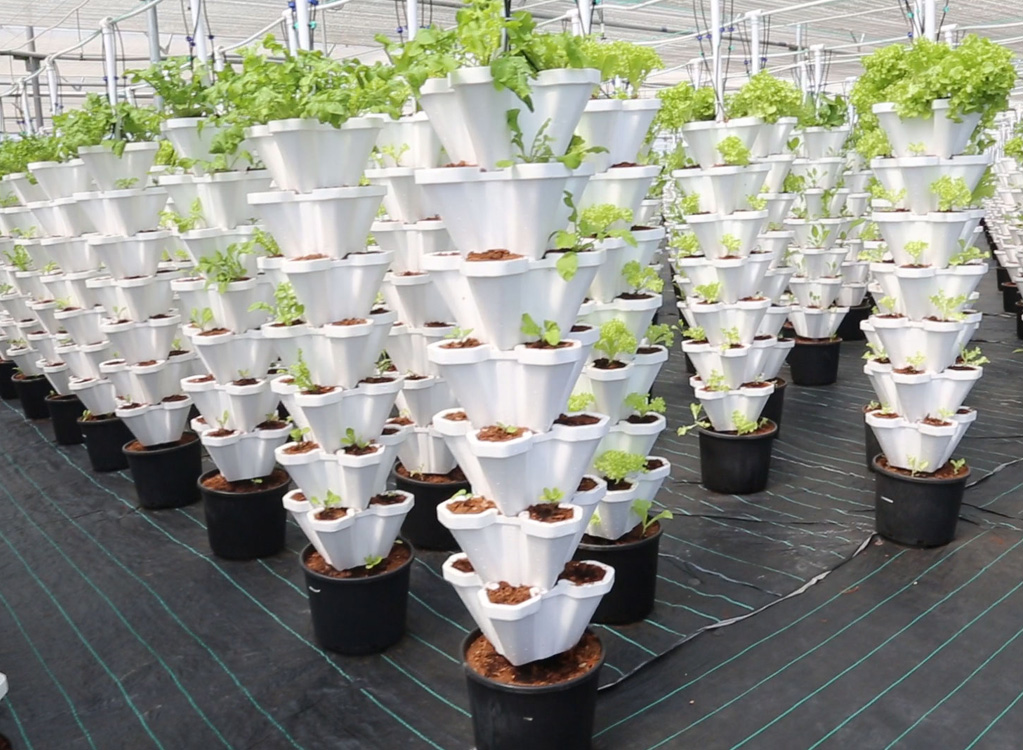Hydroponics System – An Introduction to Soilless Farming Technology
Hydroponics is a soilless farming technology that evolved quite a lot in the past decade, especially in India. Plants grow in a controlled environment without soil with the help of different substrates (coco peat, hydroton, perlite, clay balls) and specific hydroponics nutrients. It is a wonderful technology in terms of water conservation as it requires almost 90% less water than that required for traditional flat farming. Hydroponic farming in India is made easier due to the systems that make it space-efficient due to vertical farming to fresh produce. With hydroponics, you can maximize your crop production with fewer agricultural inputs.
The VertiStack is a system that includes the physical cultivation of leafy greens with the help of digital tool sets that help with plant growth. These digital toolsets, which are enabled by IoT technology with LED lighting, can customise the cultivation process. Setting up a hydroponic VertiStack farm on a large scale rather than traditional farming methods is always profitable.
From a single interface, input elements such as led light, temperature, humidity, moisture, and soil pH may be monitored and modified based on the plant growth. Where measurable outputs such as plant height, leaf size, rate of growth, and so on are available, the plant status can be measured and monitored. These characteristics of VertiStack all work together to ensure grown crop health and a profitable harvest of leafy greens. The cost of setting is affordable and thus setting up a hydroponic VertiStack farm rather than traditional farming methods is profitable. Nutrient solutions can precisely add to the VertiStack can help plant growth without excess water usage. One can have fresh produce of leafy greens. The cost of setting up a hydroponic VertiStack farm is much lower than traditional farming methods. Water usage for this is stuck to the requirement as precision farming plays the role. LED lighting is important for farm producing of leafy greens. The cost of setting up this farm is comparatively lower than traditional farming methods. Additionally, they enable VertiStack to save land, water, soil nutrient solutions, and labour during the cultivation process, resulting in cost savings and increased yield for our users.
Hydroponics Farming in India?
Hydroponic farming in India is one of the trending farming practices due to the steady increase in population, the unavailability of space, and depletion in terms of arable lands due to excessive use of pesticides, call for an alternate farming technology and hydroponics fits best to that criteria. The issues pertaining to space can be addressed with the help of vertical farming wherein, we can achieve a higher yield of fresh produce in less amount of space with a controlled environment with food security.
Vertical farming is preferred by hydroponic farmers at home because of food safety and the cost of setting up a hydroponic farm is higher.
Hydroponics can also be done at home by creating artificial environments for the plants.
Advantages of Hydroponics System
01. No soil Involved
Since there is no soil involved, the plants are safe from harmful pesticides or chemicals.
02. Higher Yield
Hydroponics system grows nutrient-rich and produces approximately 240 times higher yield. Partially, this is because of the fact that hydroponics farming allows more harvest in one year. Plant growth is faster than traditional farming methods.
03. Less Utilization of space
Vertical hydroponics farming requires less space with higher plantation density because of its design. One can place it on the balcony as it requires natural light.
04. Less Water
The amount of water required for hydroponics farming is almost 90% less as compared to that required for conventional soil farming. It is also because of that fact that hydroponics systems are recirculating systems. Water usage is less than conventional farming.
05. Pesticide-free Farming
One of the advantages of soilless farming is that there is zero need for the use of pesticides hence, the produce harvested from such farming is 100% pesticide-free.
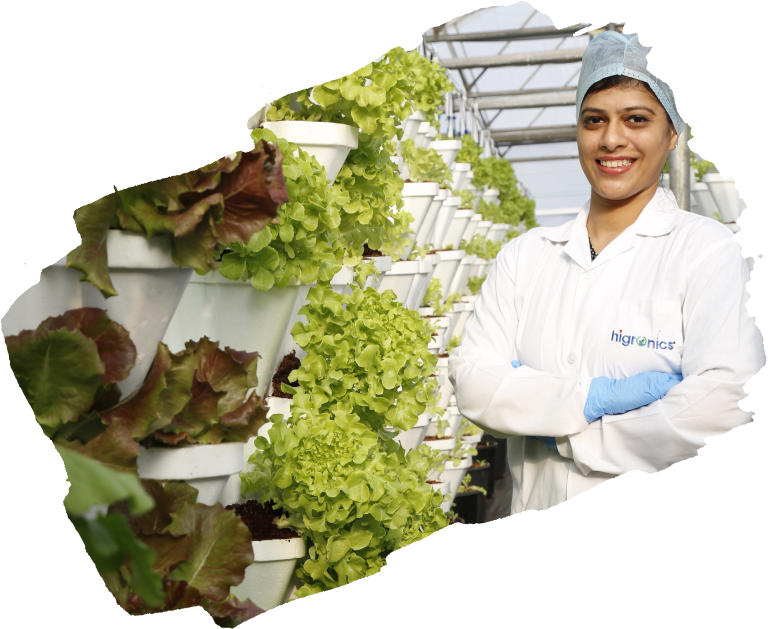
What are the Best hydroponic vertical farming systems?
Hydroponic vertical farming is growing plants on a vertically inclined surface with the help of a specific nutrient solution. Instead of growing vegetables in a single line in a field or greenhouse, this method produces vertically layered designs like A- shape structure, rack system with Led grow lights, the verti-stack system filled with coco peat in a poly house.
Shaped System A-shape system provides more planting footprint per sq. meter. This design offers more space utilization thus providing maximum yield.
Rack System with Grow Lights In urban cities, where there is a lack of open space and sufficient sunlight, this system is appropriate for use indoors with the help of grow lights and hydroponic nutrients. This system can also be referred to as the home vertical farming system.
Verti-Stack System This system is used with insulated pots designed for high-density vertical farming that are popularly used for strawberry cultivation and green leafy production.
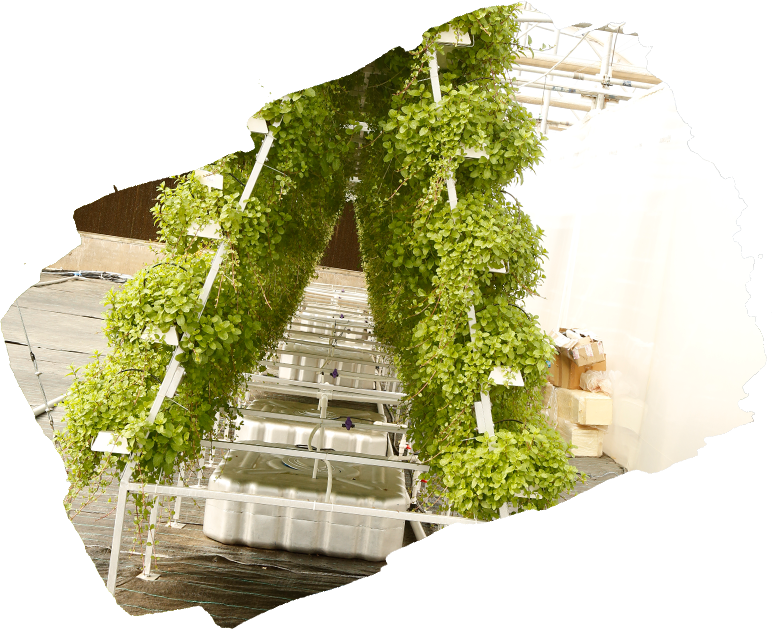
How does the hydroponic vertical farming systems work?
A- Shaped SystemThis system consists of NFT channels (Nutrient Film Technique) it always contains a thin nutrient film and plant roots submerged in NFT. This is a water recirculating system
Rack with Grow LightsIn this system, NFT is placed horizontally in a rack with grow light. You can increase the number of layers in one rack according to the height of the room. Irrigation in this system in the water recirculation system
Verti-Stack systemThis system comes with insulated pots. These pots are placed vertically filled with coco peat that drips to the waste system. Its best advantage is that the plantation density per sq. meter is very high
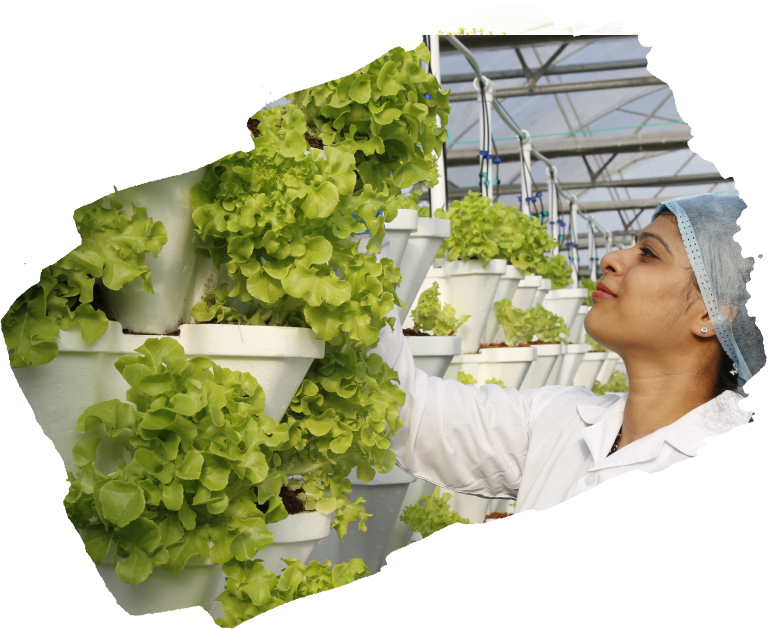
How does the hydroponics system work?
There are different types of hydroponics equipment used in the below systems:
NFT SystemThis system is called the nutrient film technique because in NFT channels one thin nutrient film always remains there. Means plants want to die after electricity is cut down. This system is used for green leafy crops.
Dutch Bucket SystemThe dutch bucket system makes a perfect blend and combination of growing media such as hydroton, leca or perlite which in turn is ideal for growing any high- value vine- crops.
Verti-Gro SystemThis system offers insulated pots with coco peat and there is high plantation density in this system.
Coco peat-based system- Single planter grow bagsThis system includes our pre-filled grow bags which are strong and UV stabilized. The bags contain either coco peat or a mixture of coco peat and perlite. Used for growing vine types of plants.
Trough System The Plastic trough system gives the cultivator more control over the growing medium. They have a longer life; more than 6-7 years.
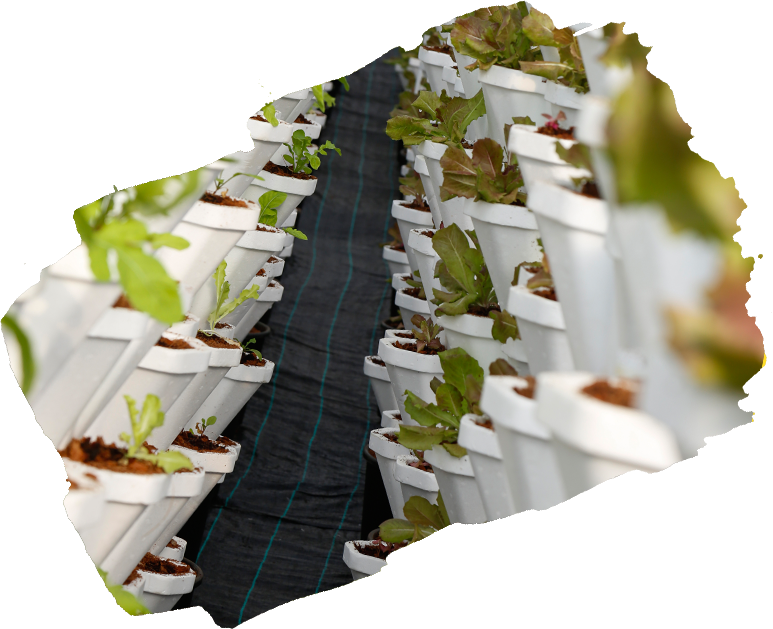
Can you grow hydroponics plants without nutrients?
Plants need, in all, 17 elements for optimum growth in the form of macro-nutrients, micro-nutrients and minerals. For hydroponics plants too, nutrients are mandatory for growth.
Furthermore, you can do a hydroponic vertical farming system at home by ordering hydroponic vertical farming equipment from Higronics.


